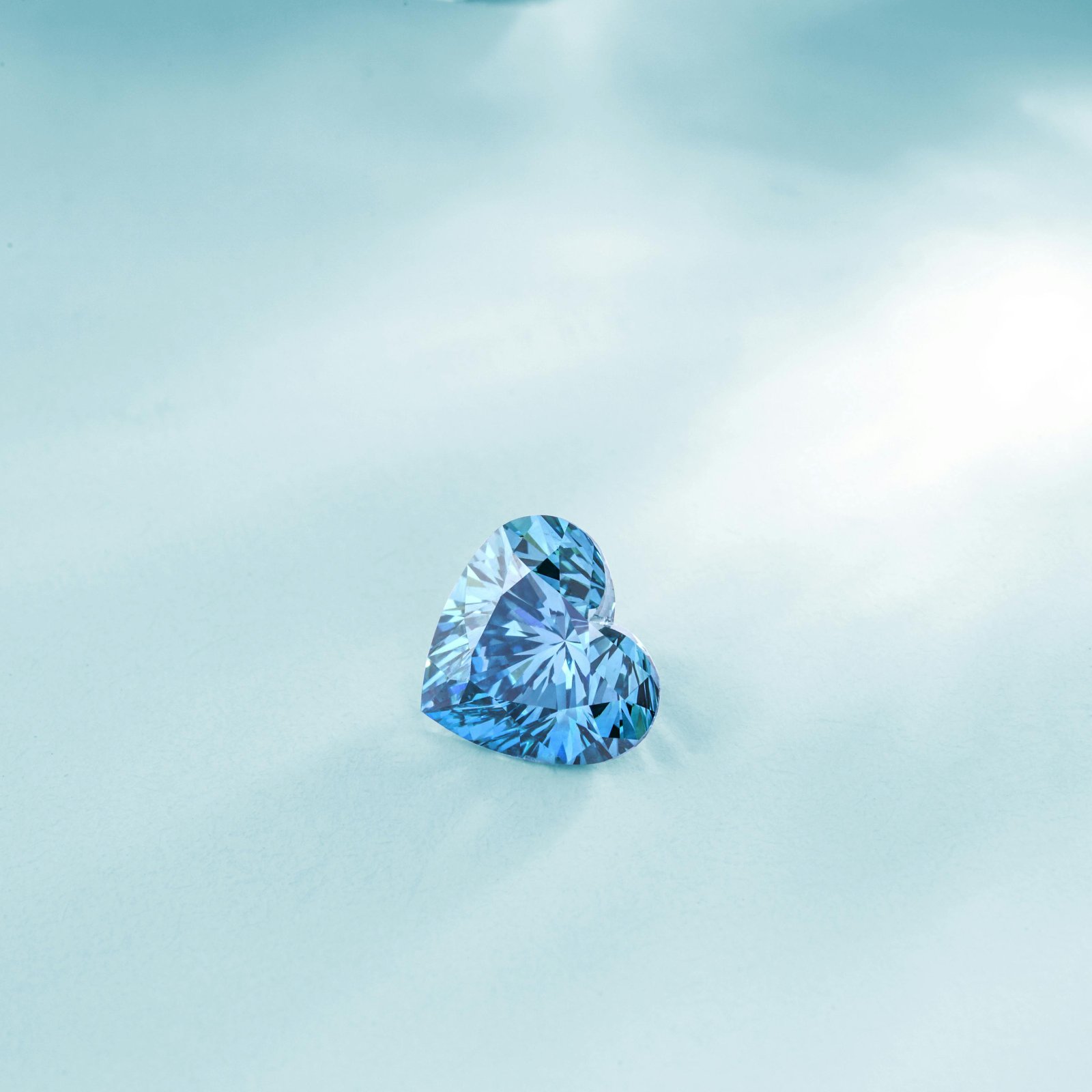


Aquamarine_crystals.webpAquamarine is the March birthstone. The seawater color of the mineral has given this gemstone the name "aquamarine," derived from the Latin word for seawater. The term "aquamarine" was used in an essential gemological work by Anselmus de Boodt, published in 1609. Aquamarine is a valued gem with a long history. In the 19th century, sea green varieties of the stone were the most popular. Today, the more blue the color, the more valuable the stone. In 1910, the largest aquamarine was found in Brazil. It weighed 243 pounds. It was then cut into smaller gems that weighed more than 200,000 carats.
If you're looking for aquamarine gemstones, you are strongly advised to browse the entire range of stones on sale. There are several reasons for this:
Browsing the full range gives you a good indication of prices and values.
Exploring the diversity of styles and cuts allows you to compare options.
If the range includes loose gems and/or designer collections, you can pick and choose from a wonderful range of beautiful stones.

Colour Light blue (sometimes greenish blue)
Family Beryl
Mohs Scale Hardness 7.5 - 8
Specific Gravity 2.68 - 2.79
Refractive Index 1.567 - 1.590
Lustre Vitreous
Crystal System Hexagonal
Transparency Transparent to opaquet
Chemical Formula Be3Al2Si6O18
Composition Beryllium Aluminium Silicate
Keep Aquamarine stored away from any gem with a higher hardness on the Mohs scale as these could scratch your gem. Remember too that it will scratch other gems with a lower hardness. Keep Aquamarine away from heat exposure, as it doesn't take much heat for it to begin to permanently change colour.
Always put jewellery away when you aren't wearing it, and never wear pieces when doing household chores or gardening, etc. Caring for your Aquamarine jewellery will keep it looking its best for many years to come.

It’s a crystal clear stone that symbolizes happiness and youth. The serenely light blue colored stone invokes the tranquility of its namesake, that is - The sea. Wearing this soothing and calming gemstone is supposed to bring undeniable positive impacts on the wearer. No matter how you carry an aquamarine, it will always make you feel that it belongs to you.
The word aquamarine is a combination of two Latin words “aqua” which means water and “marinus” which means sea and together they make the “water of the sea”. It has resembling properties of the sea and wearing it would give you watery vibes.
Aquamarine jewelry have outstanding powers, it literally attracts the person through it’s captivating hue and on the other hand heal the wearer as well. The fact that it belongs to the beryl family, the same family to which emerald and morganite belongs to, will leave you wonder struck. The most common hues of aquamarine are light blue, light greenish blue, and green blue and all of its colors appear dazzling.

Gemstones are as old as time and, in the years since their first discovery, they've picked up a lot more than adoring collectors and fascinated mineralogists. Many have gained stories regarding their legend, lore and healing properties, and whilst there's no evidence to suggest that any of these properties are real, it's still interesting to explore the esoteric side of Mother Nature's miracles.
It's worth asking ourselves, "If you truly believe in something, does that mean it's true"? Scientifically, the answer is no, but what about on a more personal, spiritual level? If you really truly believe that an item in your house is having an effect on you, are you more likely to feel that effect? It's really not for us to say, but it's a very interesting concept that deserves further research.
Once again though, we must point out that no studies have ever found any therapeutic effects or properties in gemstones, and the following is for your information only.
Aquamarine is pastel blue, greenish blue, or green-blue. The preferred aquamarine color is a dark blue to slightly greenish blue with moderate intensity and is most striking in gems of over 5-cts. Fine stones show even blue color with no zoning
Aquamarines can be cut into almost any shape, but cutters often fashion them as emerald cuts or as round or oval brilliants. Many gem artists use aquamarine for one-of-a-kind designer cuts because their styles maximize the material’s pure, even color and high clarity.
Most faceted aquamarines are free of eye-visible inclusions. Collectors generally expect clean gems with good transparency. There is a trend today to use included, but good-color aquamarines as unique centerpieces for jewelry articles or even as partially polished crystal slices or nuggets in necklaces.
Aquamarine is available in large sizes—many fine gems of 25-cts or greater are readily available. Generally, smaller accent sizes are pale: cut gems are more likely to have a darker color if they are larger than five carats.